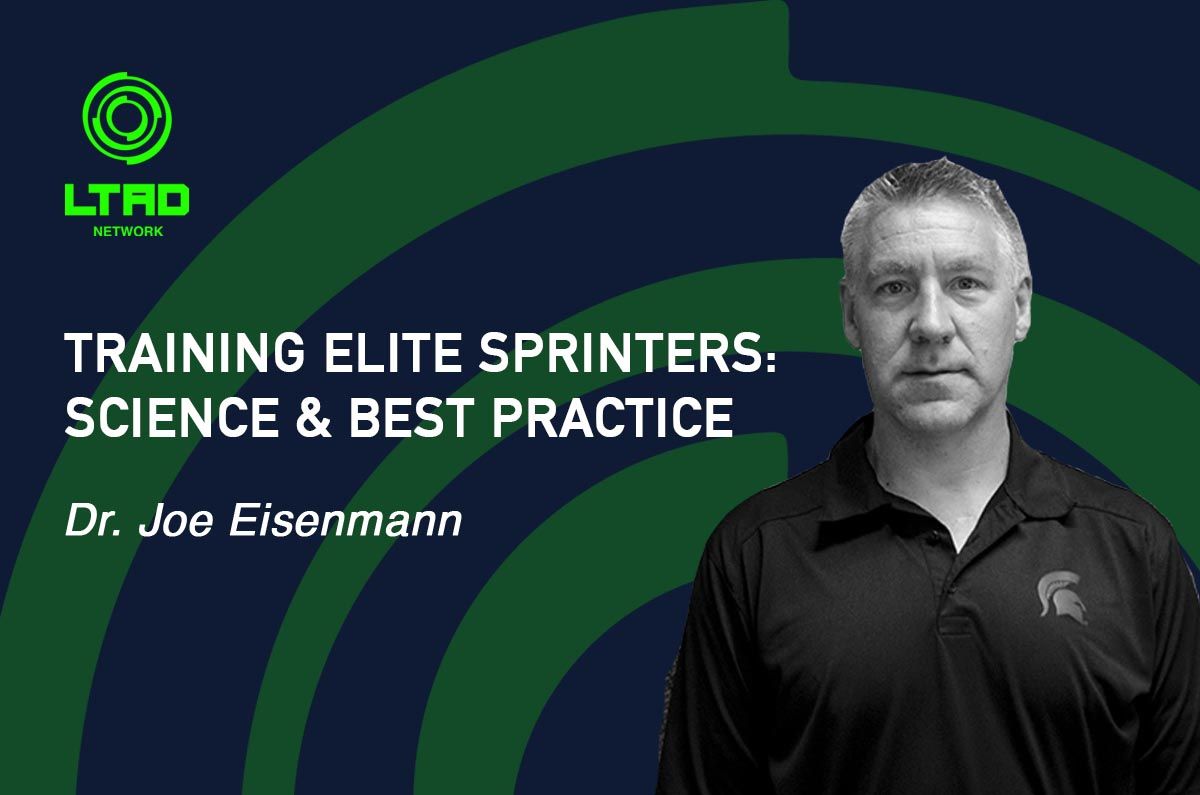Humans are fascinated by speed. We really like
fast things. When we drive or ride in a fast car or motorcycle, this is partly
due to psychological phenomena like perceived risk and thrill-seeking behaviour
and the illusion of control.
When it comes to bipedal locomotion on our own
two feet, sprinting fast brings similar sensations but also the fascination
with the bio-engineering of the human body. And this comes out on center stage
at The Olympics during the 100-meter race. Who will be the fastest man and
woman on the planet? Will they break the world record? We will be captivated
for about 10-seconds ….. and then let out a “Wow”!
In a previous blog, we focused on the age-related changes in
sprinting performance of youth and adolescent athletes and the LTAD Network YPD
Model for Speed Development. Here, we
will focus on the Performance and Elite level athlete highlighting key points
from the article
'The Training and
Development of Elite Sprint Performance: an Integration of Scientific and Best
Practice Literature' by Haugen and colleagues published in Sports Medicine.
Although sprint performance is heavily dependent upon genetic traits, the key underlying determinants of power, technique, and sprint-specific endurance are trainable. When designing sprint training programs, the key principles are progressive overload; specificity; individualization; and variation & periodization.
Here are a few key points made in the article for each training principle when it comes to training speed.
1) Progressive Overload:
- Excessive and rapid increases in training loads are likely responsible for a large proportion of soft-tissue injuries.
- The training phase immediately following the off-season and the transition phase between the preparation period and competitive season are particularly vulnerable periods for injury.
- Two-thirds (2/3) of hamstring injuries in competitive sprinters occurred in the transition period between specific preparation and competition season. This period is ideally characterized by large reductions in training volume, and increases in training intensity and sprinting speed.
- During the initial weeks of a sprint training program, there should be a gradual familiarization, both in terms of intensity, duration and repetitions. Moreover, it is crucial that sprinters gradually mobilize their maximal sprinting capacity as the competitive season approaches.
- Because such training is demanding for the central nervous system, empirical evidence suggests that intensive sprinting sessions require at least 48 h of recovery. Hence, sprinting on consecutive days rarely occurs among leading practitioners.
2) Specificity:
- Sprint running and high-velocity movements are
paramount for sprint performance enhancement.
- The main stimulus = the number of sprinting
meters at high intensity
· However, assisted or resisted sprinting are
also often utilized.
- In addition, other “less specific” training
forms such as strength, power, and plyometric training are commonly performed
to target the underlying components of sprint performance. Although these
training forms do not duplicate the holistic sprint running movement, they
provide targeted stimuli of important components that limit sprint performance.
3) Individualization:
- Acknowledge variation in mechanics and kinetics (force-power); the same 30-m time can produce very different Force-Velocity Profiles
- Athletes with velocity deficits should be prescribed more maximal velocity sprinting & athletes with horizontal force deficits should prioritize more horizontal strength work
4) Variation and Periodization
- Several leading sprint coaches are skeptical of the classic periodization model because:
1) the initial high-volume/low-intensity training leads to inappropriate adaptations,2) the high-intensity training closer to the competition season encompasses insufficient volume, and 3) the steep intensification of training at the end of the preparation period leads to an unnecessary increase in injury risk. It should be noted, however, that many sprint coaches apply a form of traditional periodization, although with fewer fluctuations in intensity and volume than Matveyev’s original model.
- Classification of training into “heavy” and “easy” weeks within the preparation periods is another important aspect within periodization. Leading practitioners typically use a 2:1 or 3:1 periodization, that is, 2 or 3 weeks with relatively high training load are followed by an easier training week for recovery purposes
- Consider using the polarized training concept. More specifically, sprinting intensity should either be ≥ 95% or < 70% of maximal velocity to enhance performance or facilitate recovery, respectively.
- Consider the 3-day micro-cycle training blocks:
Monday: short acceleration
Wednesday: maximal velocity sprinting
Friday: sprint-specific endurance


